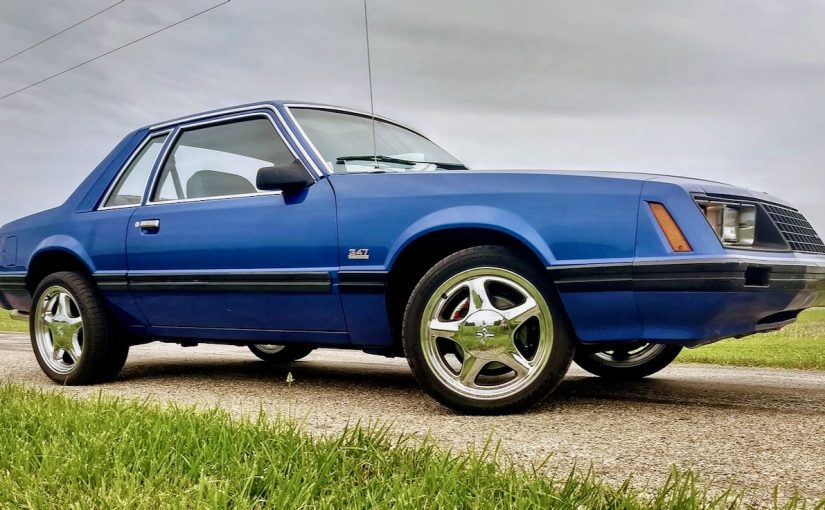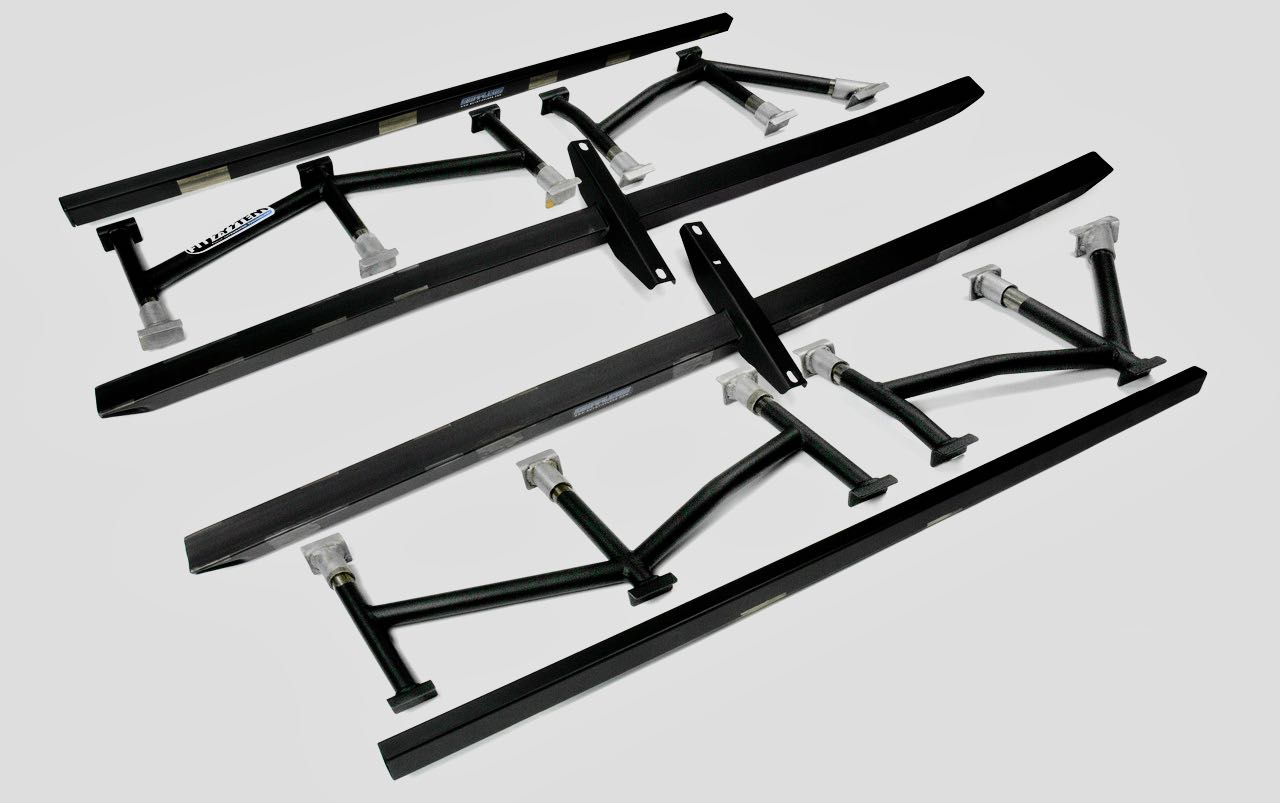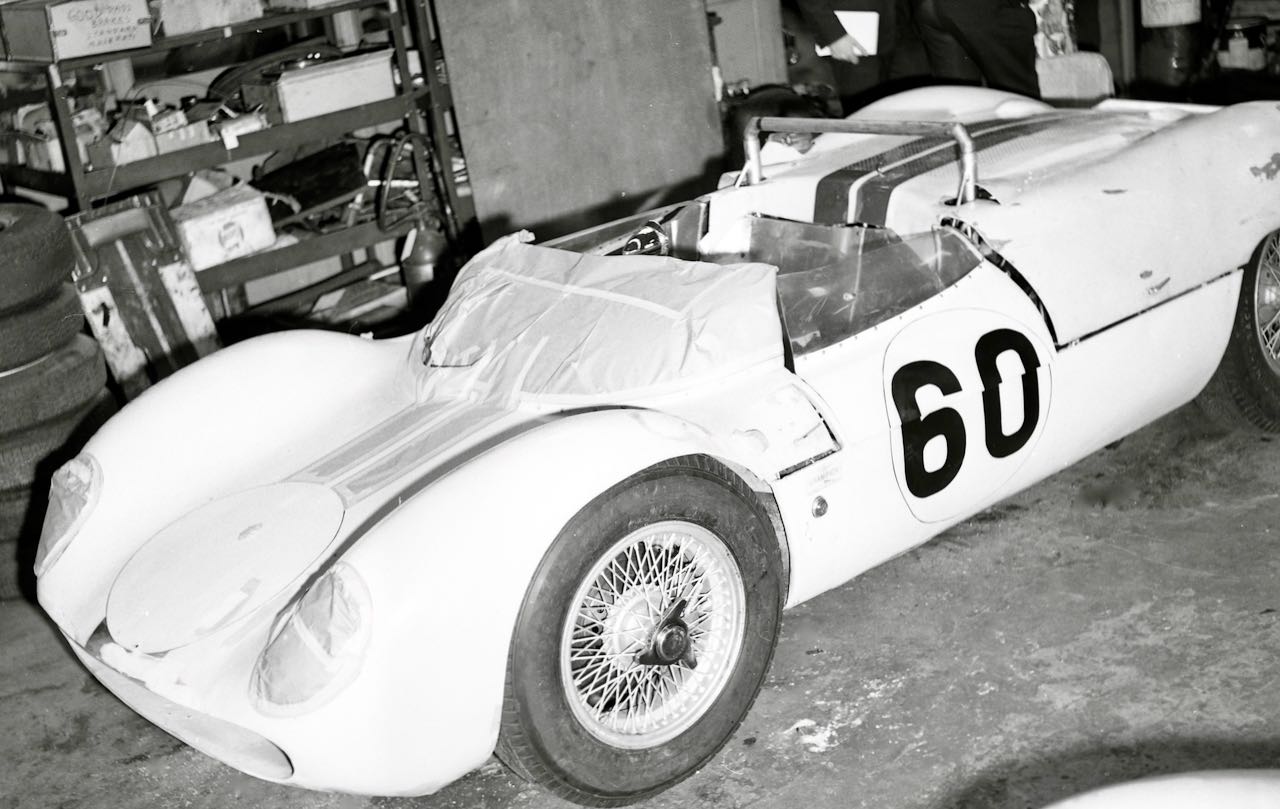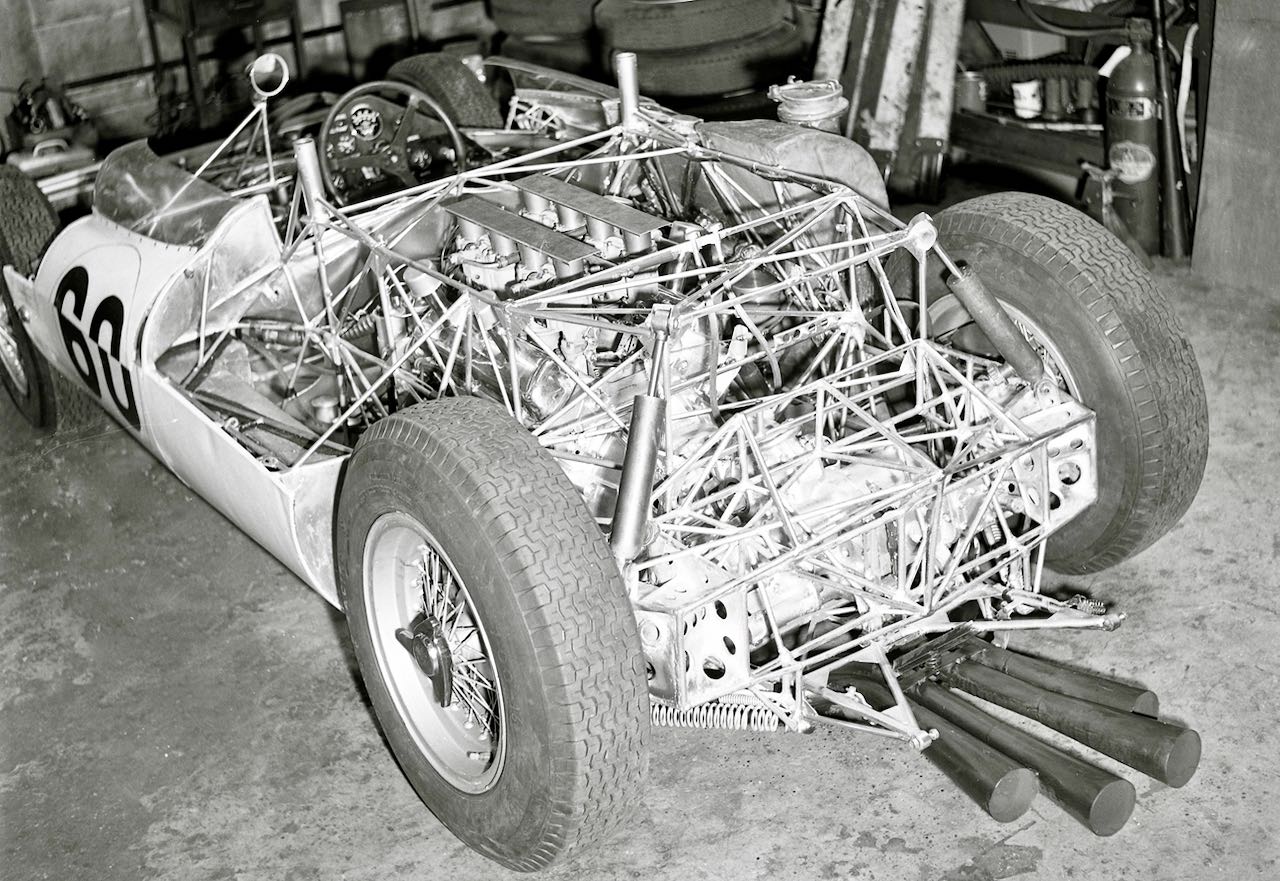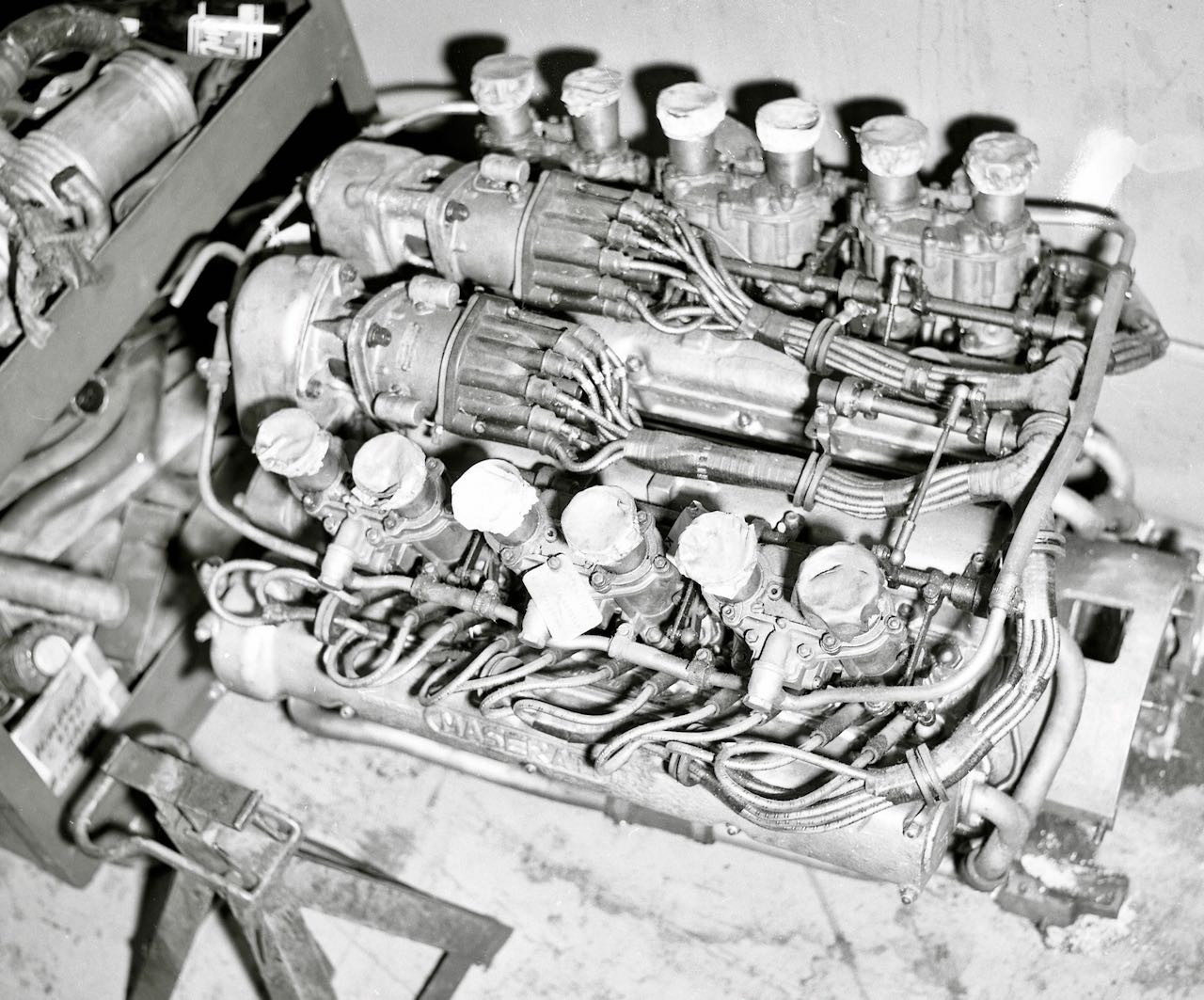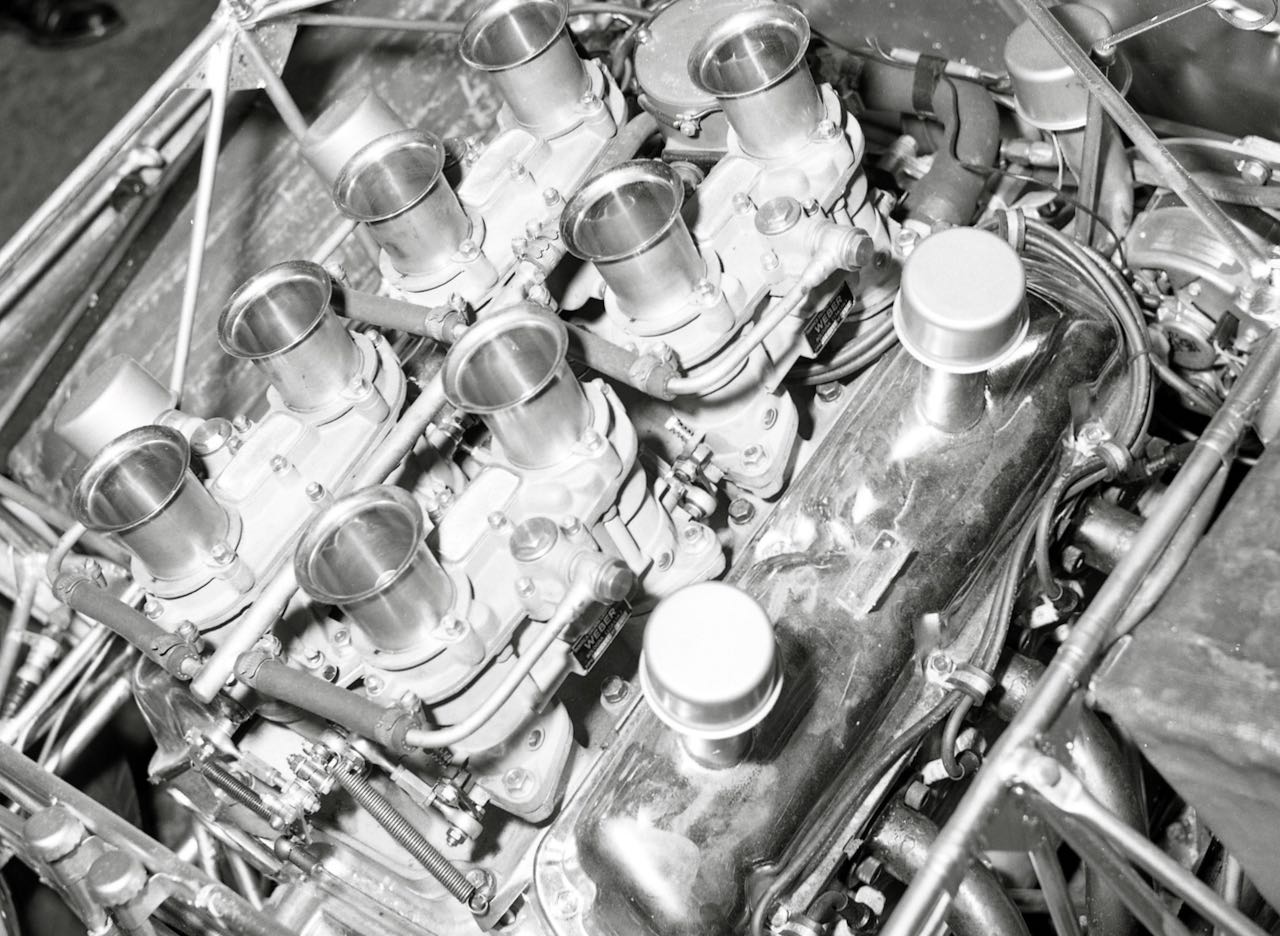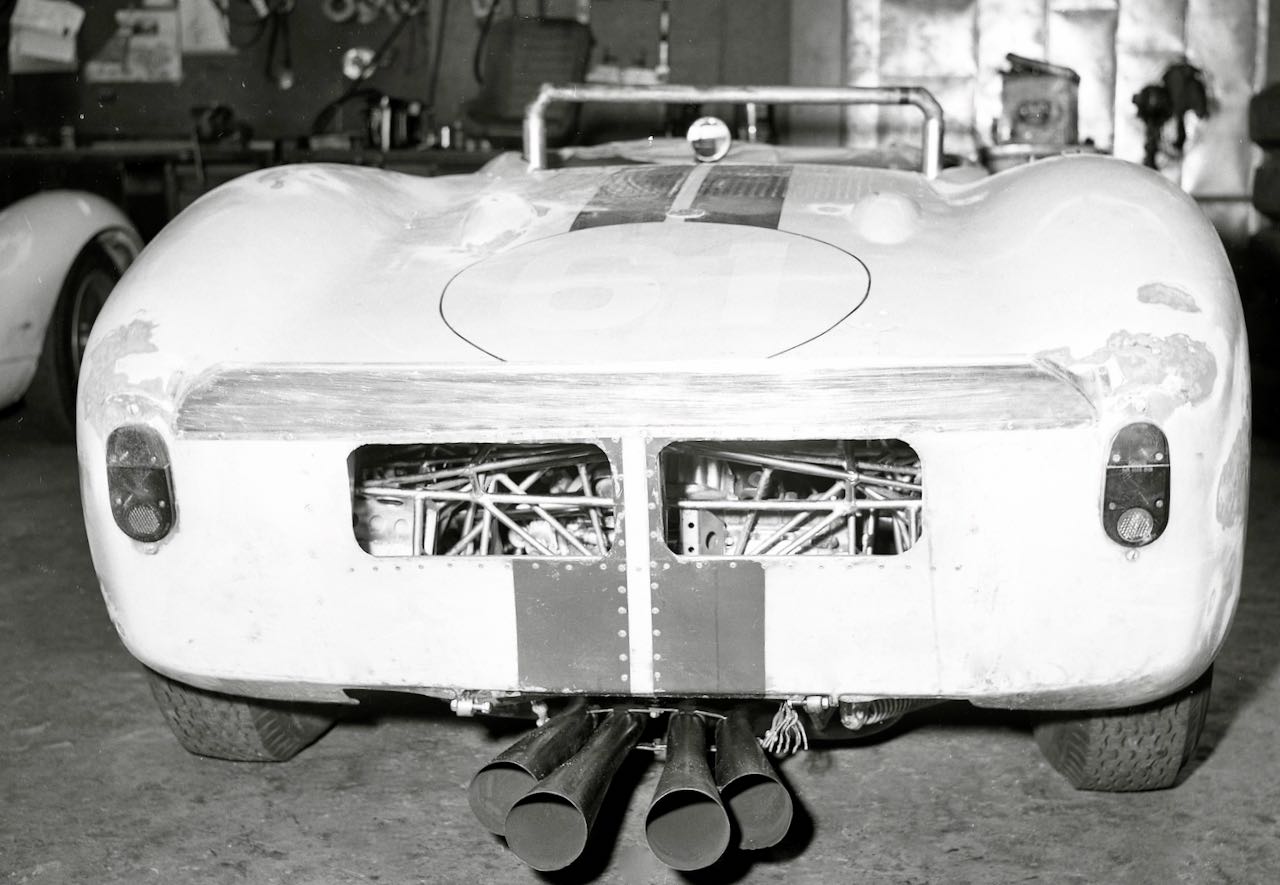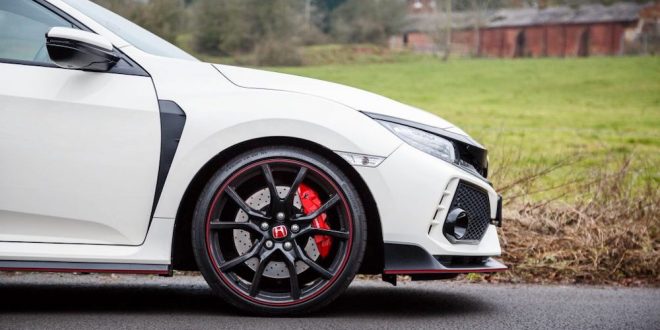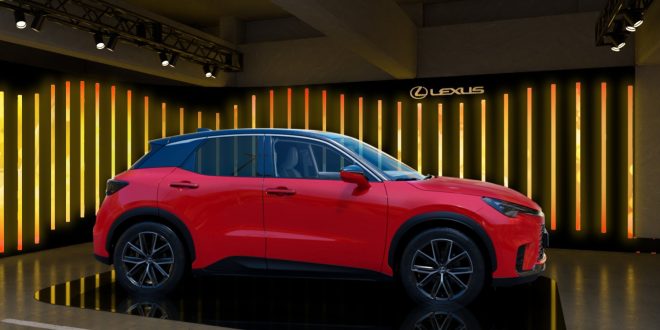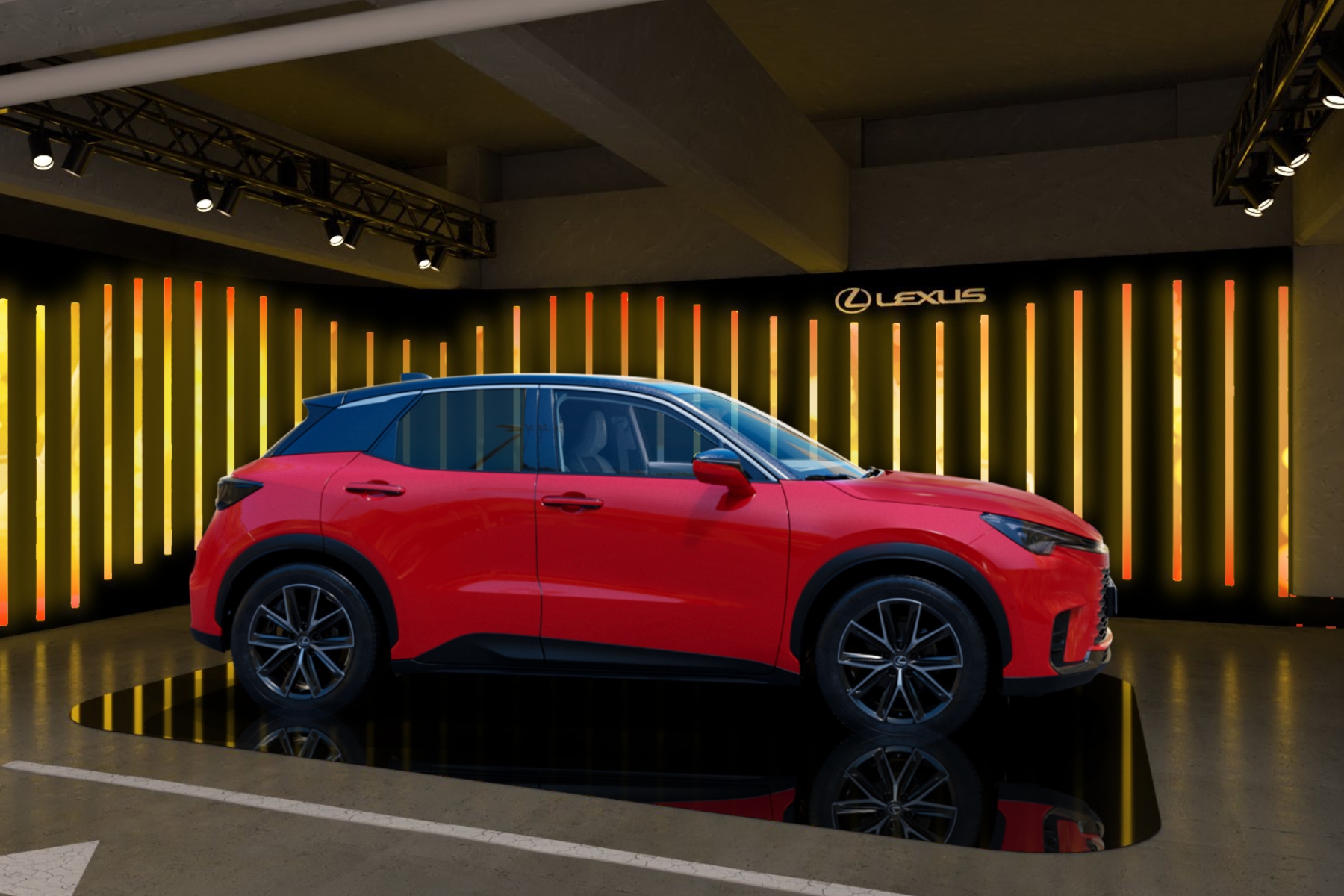Racer Stephen Cox shows how you can improve your 1979-1993 Mustang’s ride, handling and performance with this FOX-BODY MUSTANG ‘CHASSIS’ UPGRADE.
Fox body Mustangs (1979-93) have torque boxes for a reason. Ford’s sloppy Fox platform literally twists under acceleration and with every turn the driver makes. This “chassis flex” (technically the Fox Mustang is a unit body platform but you get the idea) robs the classic Fox Mustang of cornering power and good handling characteristics.
For the uninitiated, torque boxes on the Fox are located just ahead of the rear wheel wells. They are square, as opposed to the tubular torque systems on some others vehicles, and are frequently found cracked on 40-something year old Mustangs. This results in even worse handling, an age-old problem with Fox bodies.
My initial solution was to outfit my ‘80 Mustang – known as “Blue Thunder” – with standard subframe connectors. I’m thankful that Matt Laszaic (a friend who happens to be the Fox specialist at National Parts Depot) stepped in to recommend an even better solution. The FIT System from Stiffler’s Engineering enhances subframe connectors with side rails and a web brace to lock the unit body into position. It essentially builds a frame under the unit body. Better still, we didn’t need to reroute any lines or cut through the floorboard to install this product.
The results have been astonishing, but for the sake of brevity I’ll focus on three main areas of improvement, two of which really surprised me:
- Many of the rattles and noises I once heard have simply vanished. The entire car functions more quietly than it has in years. This is especially noticeable at highway speeds and when driving over minor bumps and potholes. I really didn’t anticipate this improvement, but it was obvious and instant. I can hear the exhaust note better. The audio system is clearer. Everything is quieter.
- Blue Thunder’s handling is vastly improved, as anticipated. Turn-in is quicker with less body roll. Power under acceleration transfers to the rear wheels better and can be clearly felt by the driver. The car rolls straighter with less pull and wandering at interstate speeds. My Mustang drives and feels like a car of a more modern vintage.
- It is infinitely easier to work on the car in my garage (another unanticipated benefit). Four stiffening rails run the length of the unit body and I no longer need to grope around for the jack points in order to raise the car. I can easily place jacks anywhere along the length of the car using the outer rails. Jacking up the car is a breeze and saves far more time in the garage than I expected.
Has the FOX-BODY MUSTANG ‘CHASSIS’ UPGRADE met expectations? Absolutely. Other than a new McGunegill racing engine, the chassis bracing has transformed my car to a greater degree than any other single change that’s been made.
Does the car accelerate faster? Yes. My 0-60 times dropped by nearly a second after installation. I’m obviously transferring power to the rear wheels far better than before.
Would I do it again? Yes, I would. The inherently flexible Fox platform needs this improvement desperately. Go beyond single rail subframe connectors if you can. Get the best system you can afford to bring real rigidity to your classic Ponycar. You’ll be glad you did.
Stephen Cox competes in the World Racing League, Historic Sportscar Racing, and is Co-host, Mecum Auctions on Motor Trend. His blog is presented by National Parts Depot, https://www.npdlink.com/
